By Guy Zimmerman
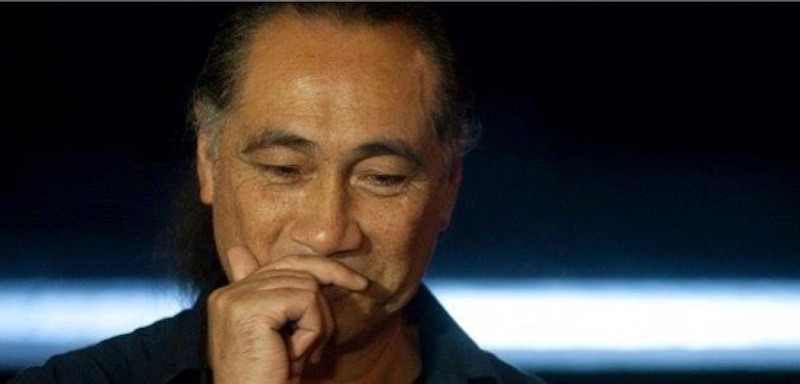
Lemi Ponifasio (Photo courtesy of “The Clinic”)
As part of a collaboration between Chile and New Zealand, on April 7-9, REDCAT is hosting Samoan choreographer Lemi Ponifasio’s Amor a la muerte (Love to Death). An international artist, Ponifasio champions both experimental performance and Indigenous peoples. Amor a la muerte stems from events after the Chilean police murdered a Mapuche activist and farmer. (The Mapuche are the most numerous Native tribe in South America, occupying parts of Chile and Argentina.) This work brings together Mapuche composer and singer, Elisa Avendaño Curaqueo and Chilean contemporary flamenco dancer Natalia Garcia-Huidobro.
STAGE RAW I saw your Tempest: Without A Body many years ago in LA. That piece was inspired by the arrest of Maori activist Tame Iti, I believe. What led to Amor a la muerte?
LEMI PONIFASIO With Tempest: Without a Body, I was at the Liverpool station when the bombs went off in London. And I was trying to think what that was. And then on the plane back to New Zealand, there was almost nobody on the 747. And when I arrived in New Zealand, I saw Tame Iti being arrested for shooting an Australian flag, it was supposed to be a New Zealand flag. And then it took the idea of what we are afraid of, this vampire or this werewolf, the terrorists even in New Zealand with Tame Iti. So these things trigger a sequence of thoughts and reflections. And that’s exactly what I’m doing with this new project. I mean, you are coming to the theater partly to watch me think. And then there is a poetic dimension to that thinking which is why we’re all both there. We are trying to create a dimension where we can make reflections and hopefully we can hear ourselves and each other without imposing any ideology or any points of views about things. We can self-realize something rather than being told. Maybe I’m trying to explain to you what the theater is to me.
If you presuppose things like I’m working with movement or I’m working with body, those things just create the tension in space that makes us move like music in our contemplation. If there’s anything I’m working with, it’s probably just space and how to shift the space. Because when we think theater or we think art, we immediately think of symbolism or codes of western education, of art and things like that. Probably 90% of what I’m doing, I have no idea what I’m doing. You just create a ceremony. It doesn’t require an instruction book of how to make drama, or make art or something. What you’re really trying to make is to bring forth a dimension of the cosmos, the dimension of poetry, the dimension of spiritual things. Because I think people don’t come to the theater to be distracted or just to understand things. You know, you go to school for that. I think people come seeking a spiritual transformation. It is the reason artists write poems or write music, or because reality as prescribed, it’s not enough.

“I don’t know Mapuche culture. I don’t know Spanish. I don’t know flamenco, but that’s not something that I focus too much on, because culture is just a proposition. It’s not a law of how to live your life, and culture also means our differences. I think what we have to do is to find something that unites us.”
________________________________________________
SR You speak of the ceremonial dimension of theater work and providing a platform for people who normally, we don’t hear from. I wanted to bring this around to your collaboration, your ongoing collaboration with the Mapuche artists, the artists from Chile.
LP It began this collaboration with the festival, Carmen Romero. I was invited to Chile with my piece Birds with Sky Mirrors. Of course, festivals always ask, what are you doing next? I noticed these people protesting and what’s been in the media, the newspapers. It was about Mapuche. I thought those would be interesting people to work with because they’re trying to say something. In about 2013, I think, we started a conscious effort to create a group of artists to work together.
I went down to the South, traveled, saw the communities and talking with old people as well. Then towards the end of one of the workshops I did with these young people in the south, in came this woman (Elisa Avendaño Curaqueo). She came in and then she started talking to these people. I ask my translator, who is this woman? They said, “She’s a Mapuche woman and a singer,” so I ask her to sing. After she sang, then I realized that this dimension that she brings to the space as soon as she sings is what these young people should be thinking about or should follow rather than me.
Maybe I was waiting for someone, because with the Mapuche, it wasn’t a political thing against the government but about how to reconnect people with their multiple layers of their DNA, their cultural frames, because it’s powerful enough. To speak about colonization and all these things, those things are real, but to address them, you yourself have the responsibility to learn your culture, to learn your language. If you don’t make a decision about the frames of how you’re going to live your life, then you’ll always be living in another person’s frame, no?
Natalia Garcia-Huidobro, the Flamenco dancer, was a translator for me that was helping me with the project I was making with them, with the Mapuche people. I found out that she dances, so that was a surprise. Both of these cultures, I don’t understand. I don’t know Mapuche culture. I don’t know Spanish. I don’t know flamenco, but that’s not something that I focus too much on, because culture is just a proposition. It’s not a law of how to live your life, and culture also means our differences. I think what we have to do is to find something that unites us.
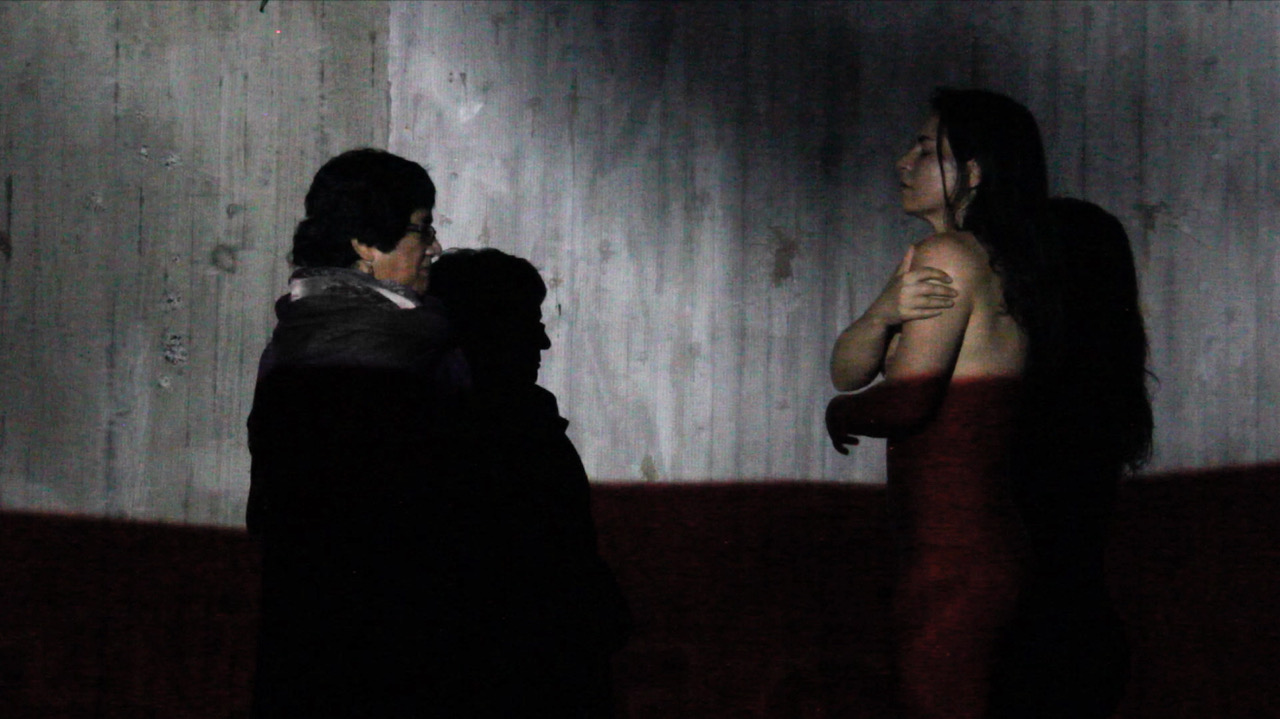
“The theater needs a bigger goal than everyday life struggle, because everyday life struggle is a survival mentality. What makes us human is not survival mentality. That’s where the art creates the human being.”
SR I’m struck by how you create through a curiosity about what’s possible—what will happen if I put on stage these elements? Then they speak for themselves.
LP The effort to create is really an effort to get away from reality, culture, information, habits, functionalism, all these things of everyday life. What you’re trying to do with yourself, it’s the same thing you want to do with the audience. You want to make them hold their bodies and face the void and then it starts there.
What I want from the theater is a sense of silence, a sense of stillness. Our eyes open in the dark room to another dimension of who we are, another dimension of ourselves that is not a repeat of what’s on the news or what people are fighting. The theater needs a bigger goal than everyday life struggle, because everyday life struggle is a survival mentality. What makes us human is not survival mentality. That’s where the art creates the human being. We have to find a way to care, to understand each other. These are the qualities that I believe the arts, when I say the word arts, I’m thinking what I’m trying to do, but I’m hoping to achieve with that, because art is just a very generalized word for anything that we don’t understand sometimes or a form of business.
My concern is always about how disconnected we are. Our disconnection with our environment is also an outcome of civilization. The models that we organize ourselves also needs to be brought into question.
What I’m saying is that, if you are connected to something, then you recognize the value of the existence and the dignity of that thing or that person. That’s the problem, and that’s what I talk about. That’s what my work is about. If you understand the beauty of something, then why will you want to destroy it? We have left beauty behind as a component of our human existence.
Just the gathering of material now replaces it or the gathering of attention or the gathering of other kinds of addiction. I don’t know. In the theater, even the theater itself has also lost it’s meaning, it’s place in this context. It’s now that the theater people are following something instead of leading the society. It feels like leadership to talk about how we understand humanity and understand the earth and our existence. We either leave that to the church or leave that to politicians. We leave it to other people. Even the artist is leaving the whole thing to an industry. Art is no longer a creative experience, but a consumer experience, losing our place in this deciding of how we should be in the world. For me, this is a concern for artists. Without becoming an activist, to try and bring poetry. Making art itself is a declaration that you are on the side of beauty. You are on the side of the weak. That’s your manifesto if you want to be political about it.
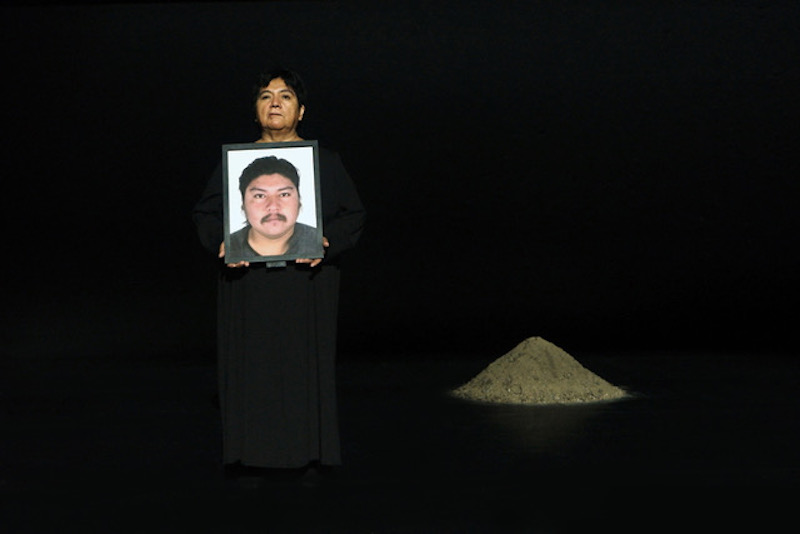
“When Europeans came to Chile, like they did in many other places, they told the local people, ‘You are not human. You need to be saved or all these things. Your culture is barbaric or backwards.’ This has been going on for how many years. What do you think? Do you feel any value in your life? You live with the shame of your own existence. It’s difficult.”
SR I was struck before that what you provide is a space of dignity. It’s not so much empowerment. It’s more to dignify someone by providing them with a space in which they can, in a sense, express or reveal something.
LP When Europeans came to Chile, like they did in many other places, they told the local people, “You are not human. You need to be saved or all these things. Your culture is barbaric or backwards.” This has been going on for how many years. What do you think? Do you feel any value in your life? You live with the shame of your own existence. It’s difficult.FSR
It’s clear that the European culture is not enough. It’s been a very successful culture for sure, but it’s not enough. It’s like flying with one engine on a big Airbus 380. Now the world is telling us it’s not enough. Nature is telling it to us. There is an abundance of choices that we can make in every field of knowledge or spirituality. The recognition given to Mapuche on the political side in some ways goes towards establishing this dignity or to put the Mapuche on stage and to hear what it sounds like, what it smells like, what it feels like. Rather than us talking about these people, let them be in the room with us, and share the same space.
The people I work with normally don’t have a platform to be seen. So I put them on the stage so that we can stop talking about them and let them talk to us. If that’s political, then that’s okay.
Guy Zimmerman is a playwright and director. Since 2001 he has served as the artistic director of Padua Playwrights.
Amor a la muerte, conceived and created by Lemi Ponifasio; REDCAT, 631 W. Second Street, dwntwn.; Fri.-Sat., April 7-8, 8:30 pm; Sun., April 9. 3 pm https://redcat.org


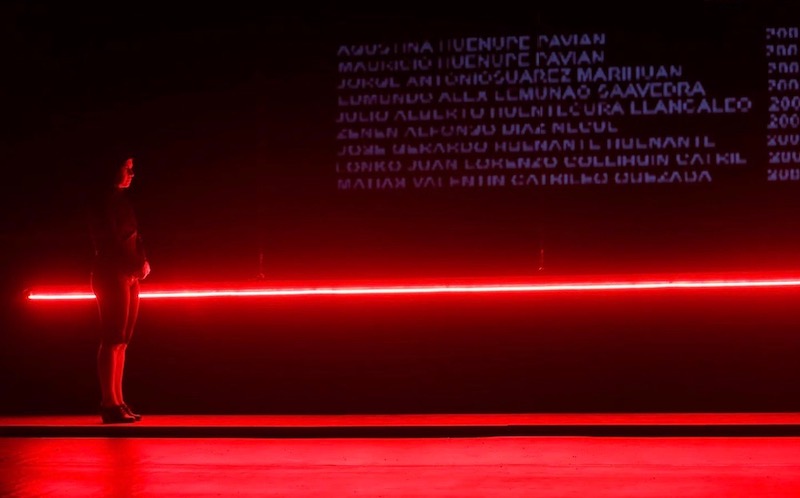

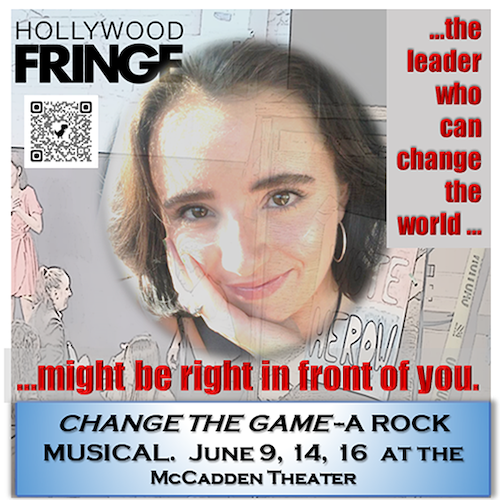


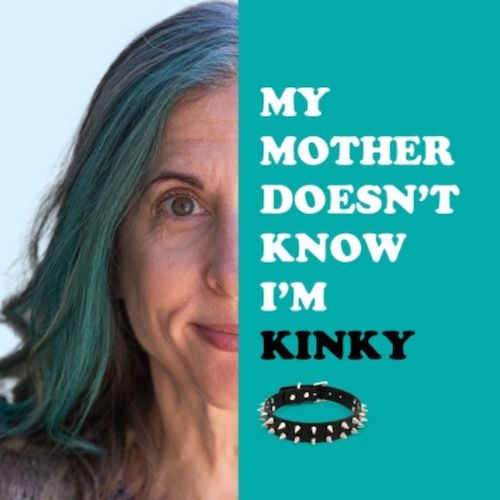




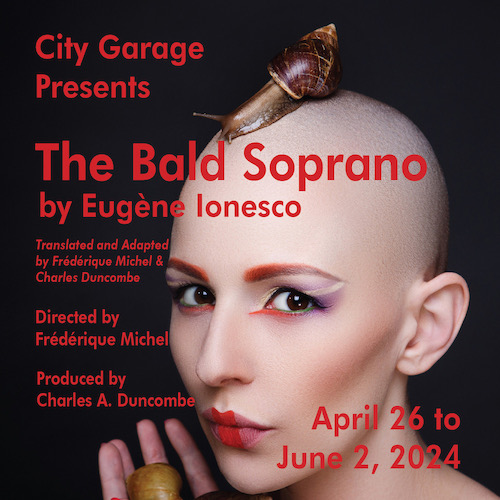



555
555
555
m3JHrj0p
0’XOR(if(now()=sysdate(),sleep(15),0))XOR’Z
CTIOgEar’; waitfor delay ‘0:0:15’ —
vDpWSRE9′ OR 714=(SELECT 714 FROM PG_SLEEP(15))–
1%2527%2522
555
555
cialis tadalafil buy online
tadalafil 5mg tablets
cialis online without a prescription
cialis 20mg uk
cialis generic timeline
legitimate online pharmacy
sildenafil gel
viagra drug
25mg viagra
brand viagra australia
cialis in las vegas
order cialis online
cialis store in philippines
viagra pill price in india
kamagra pharmacy bangkok
canada viagra otc
teva generic cialis
prescription free cialis
how much tadalafil should i take
cialis and lisinopril
buy generic viagra online in usa
viagra generic germany
sildenafil medication cost
is cialis safe
cialis 20 mg coupon
price comparison cialis
cialis 20mg usa
brand cialis sale
cialis superactive
flagyl dryness
bactrim genericos
metronidazole harga
is metformin insulin
generic lisinopril
furosemide dose in renal failure
why does lisinopril cause a cough
flagyl pill
zoloft symptoms
zoloft 50 mg
flagyl and fluconazole
furosemide for kidney disease
gabapentin dosage
lasix pills
what drugs should not be taken with gabapentin?
zithromax chlamydia treatment
glucophage espanol
glucophage children
amoxicillin vs cephalexin
cephalexin treat chlamydia
zithromax pediatric dosing
does gabapentin help with headaches
is amoxicillin an antibiotic
amoxicillin for dogs dosage chart kg
escitalopram controlled drug
escitalopram drug test
a nurse is preparing to administer cephalexin 0.25
ciprofloxacin and pregnancy
cephalexin shelf life
what does bactrim treat
bactrim with food
cephalexin para que sirve
amoxicillin vs cephalexin
bactrim doses
amoxicillin 250mg
amoxicillin / clavulanic acid
does bactrim cause headaches
side effects of gabapentin in adults
escitalopram oxalate 10mg tab
gabapentin for humans
citalopram vs cymbalta
icd 10 code for depakote level
ddavp treatment for enuresis
medication depakote
cozaar drug side effects
cozaar price
ddavp siadh
what are the side effects of citalopram
depakote drug
how long does it take for citalopram to kick in
ddavp maximum dose
cozaar 25 mg tablet
drugs.com losartan or cozaar?
iv ddavp bleeding
citalopram anti depressants
diclofenac potassium 50 mg
pharmacological class of ezetimibe
how long does it take for augmentin to work
diltiazem ointment side effects
half life of augmentin
diltiazem hcl er 120 mg
trazodone and flexeril
over the counter flexeril
effexor taper
can flomax be taken with viagra
eggs and contrave
flomax side effects for kidney stones
abilify aripiprazole tablets side effects
can you take allopurinol and indomethacin together
aripiprazole pronunciation
aspirin 81 mg uses
amitriptyline nightmares
amitriptyline 25mg uses
can you give a dog aspirin for pain
allopurinol acute gout
baclofen and weight loss
side effects of celebrex
ketoprofen baclofen cyclobenzaprine gabapentin lidocaine cream
is augmentin penicillin
how to wean off bupropion
what is bupropion xl used for
augmentin uptodate
ashwagandha weight loss
celecoxib 100mg capsules
what are the benefits of ashwagandha
what is celexa 20 mg used for
buspar reddit
buspirone and ginkgo biloba
what is celexa
meloxicam vs celecoxib
semaglutide diet plan
actos drugstore.com
semaglutide ketosis
acarbose monograph
abilify with lexapro
how long does it take for abilify to get out of your system
acarbose esrd
actos ift
robaxin canada otc
remeron 15 mg for sleep
robaxin vs tramadol
protonix pregnancy category
repaglinide 2mg tab
what is repaglinide used for
protonix vs prilosec
remeron 15mg
robaxin with alcohol
remeron elderly
is robaxin 750 a controlled substance
synthroid brochure
testosterone blocker spironolactone
sitagliptin oral
what are the side effects of sitagliptin
synthroid binders
synthroid acb
venlafaxine how long to take effect
dosage of tamsulosin
venlafaxine manufacture
what is the brand name for tizanidine
voltaren gel 2.32% price
will taking voltaren with extra strength excedrin cause stomach pain
what tizanidine medicine for
tamsulosin and fluid retention
wellbutrin sr message board
zyprexa doses
maximum daily dose wellbutrin
zofran hydration pump
zetia medicine
does zetia cause weight gain
levaquin zofran interaction
zyprexa side effects in elderly
zofran release date
zyprexa seroquel
zofran dystonic
buy levitra
what possible side effect should a patient taking tadalafil report to a physician quizlet
how does levitra work
cialis forum
order levitra usa
maximum dose of levitra
where to buy levitra online no prescription
levitra buying online
cialis no perscription
buy levitra on line
levitra 30 day free trial
cialis paypal bezahlen
cialis com free sample
imiquimod pharmacy
how much sildenafil can you take
sildenafil citrate over the counter
overseas pharmacy adipex
sertraline and sildenafil together reddit
bahrain pharmacy cialis
sildenafil 200mg
preferred plus pharmacy ibuprofen
sildenafil 50 mg price
avodart pharmacy
pharmacy price of viagra
kamagra oral jelly (sildenafil citrate)